The automotive world has witnessed countless comebacks, but few have stirred as much excitement as the return of the Ford Bronco. This iconic nameplate, absent from the market for over two decades, has roared back to life with a blend of rugged capability and nostalgic design that speaks directly to the hearts of off-road enthusiasts. The new Bronco isn't merely a rehash of its predecessor; it's a carefully crafted homage to the original, infused with modern technology and engineering prowess.
When Ford first teased the Bronco's return, the internet erupted with speculation. Would it be a soft-roader aimed at suburbanites, or a true off-road machine worthy of the Bronco badge? The answer became clear the moment the wraps came off. With its boxy silhouette, round headlights, and short overhangs, the new Bronco immediately evoked memories of the classic models from the 1960s and 1970s. Yet, beneath this retro exterior lies a vehicle thoroughly equipped for 21st-century adventures.
The Bronco's off-road credentials are nothing short of impressive. Available with a choice of two turbocharged engines—a 2.3-liter four-cylinder and a 2.7-liter V6—the Bronco delivers ample power for tackling tough terrain. Both engines pair with either a seven-speed manual transmission (complete with a dedicated crawler gear) or a ten-speed automatic, giving drivers flexibility in how they want to conquer the trails. The inclusion of a manual gearbox, a rarity in today's market, is a clear nod to purists who prefer a more engaged driving experience.
Where the Bronco truly shines is in its chassis and suspension setup. The high-strength steel frame provides a solid foundation, while the available independent front suspension (a first for the Bronco) and solid rear axle strike a balance between on-road comfort and off-road articulation. Ford's Terrain Management System allows drivers to optimize performance for various conditions, from sand and mud to rock crawling. The available Sasquatch Package takes things even further, adding 35-inch tires, locking differentials, and Bilstein position-sensitive dampers.
Inside, the Bronco manages to blend utilitarian toughness with modern comforts. The interior features washable surfaces and rubberized flooring, acknowledging that serious off-roaders will get their vehicles dirty. Yet, it doesn't skimp on technology, offering a 12-inch touchscreen with Ford's SYNC 4 system, wireless charging, and a premium audio option. The attention to detail extends to Easter eggs throughout the cabin, including topographic map patterns on the dash and Bronco branding on the seatbacks.
Perhaps most intriguing is the Bronco's modular design. The doors are easily removable, the roof panels can be stowed in the trunk, and the windshield folds down—features that directly recall the original Bronco's versatility. Ford has even developed a vast array of accessories through its Bronco Off-Roadeo program, allowing owners to customize their vehicles for specific types of terrain or activities. This level of personalization is rare in the automotive world and speaks to Ford's understanding of its enthusiast customer base.
The Bronco's return couldn't have been better timed. The off-road SUV market has seen tremendous growth in recent years, with vehicles like the Jeep Wrangler enjoying unprecedented popularity. By positioning the Bronco as a more refined yet equally capable alternative, Ford has created a compelling option for buyers who want rugged capability without sacrificing too much in terms of daily drivability. Early reviews suggest the Bronco strikes this balance remarkably well, offering a quieter cabin and more comfortable ride than its chief competitor while maintaining comparable off-road prowess.
Heritage plays a significant role in the Bronco's appeal. Ford has cleverly leveraged the vehicle's storied past in its marketing, reminding consumers of the original Bronco's role in creating the SUV segment. The company even brought back the two-door model (alongside a four-door version) to maintain that classic Bronco profile. For many buyers, the emotional connection to the Bronco name is as important as the vehicle's specifications—a testament to the enduring power of automotive nostalgia.
Production challenges, including pandemic-related supply chain issues, initially slowed the Bronco's rollout. However, demand has remained strong, with waiting lists stretching months in some markets. This enthusiasm reflects not just the Bronco's merits as a vehicle, but also its success in capturing the spirit of adventure that has made off-roading such an enduring pastime. Ford has effectively tapped into a cultural moment where consumers increasingly value experiences over possessions, and the Bronco serves as the perfect vehicle for creating those experiences.
As the automotive industry marches toward electrification and autonomy, the Bronco stands as a reminder that there's still a passionate audience for vehicles that prioritize driver engagement and mechanical capability. Its success may well influence how other manufacturers approach their own heritage models, proving that looking backward can sometimes be the best way to move forward. The Ford Bronco isn't just back—it's redefining what a modern off-road vehicle can be while staying true to the qualities that made it legendary in the first place.
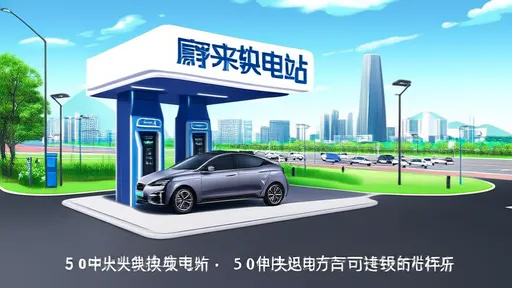
By /Jun 14, 2025

By /Jun 14, 2025
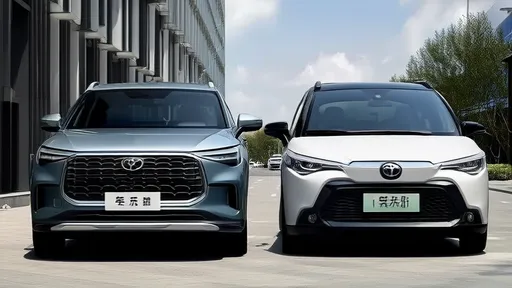
By /Jun 14, 2025
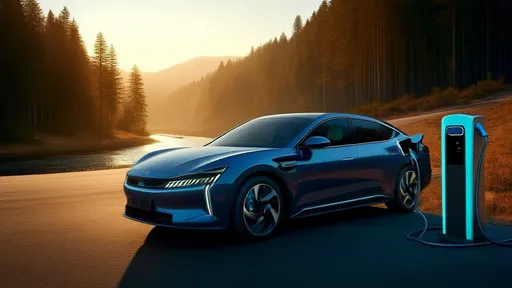
By /Jun 14, 2025

By /Jun 14, 2025
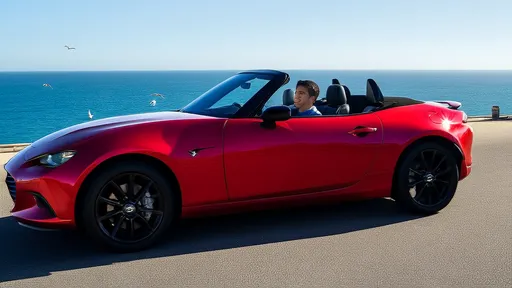
By /Jun 14, 2025
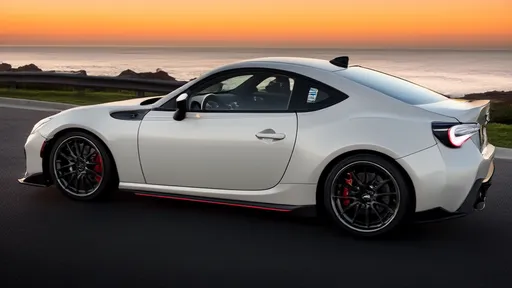
By /Jun 14, 2025

By /Jun 14, 2025
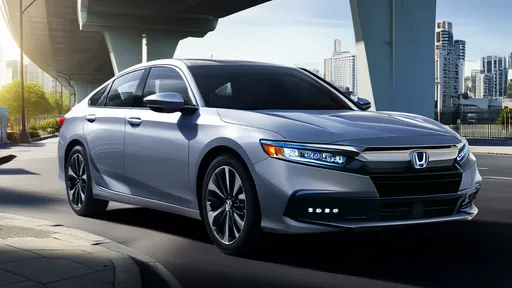
By /Jun 14, 2025
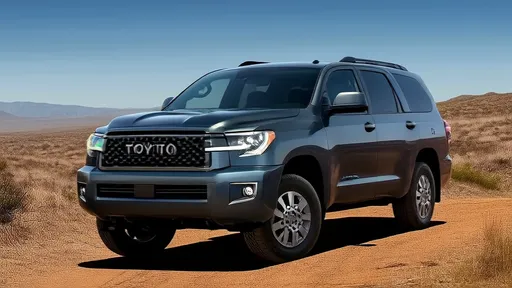
By /Jun 14, 2025
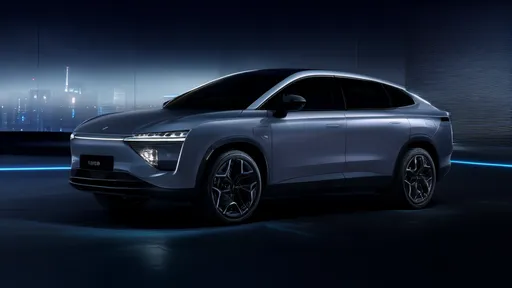
By /Jun 14, 2025
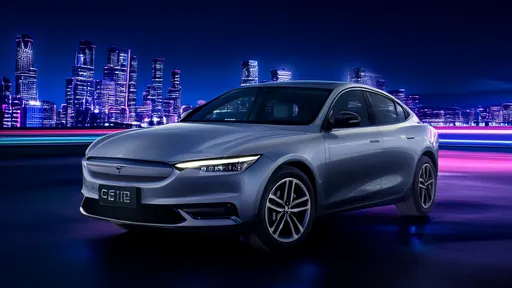
By /Jun 14, 2025
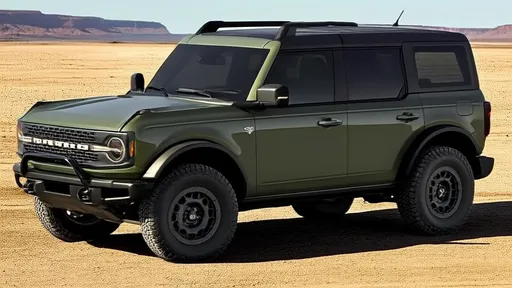
By /Jun 14, 2025
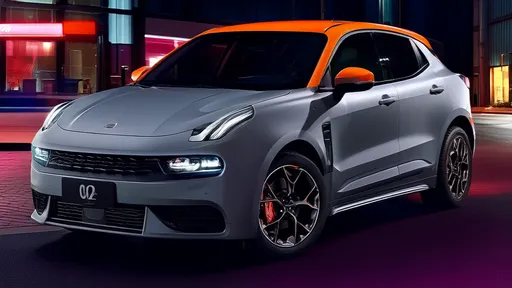
By /Jun 14, 2025
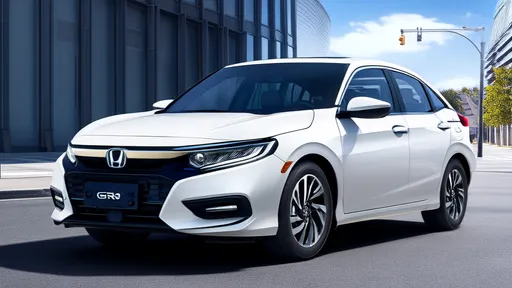
By /Jun 14, 2025
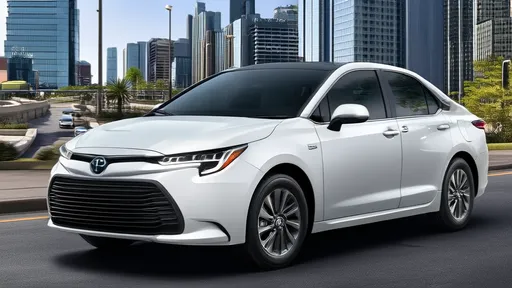
By /Jun 14, 2025
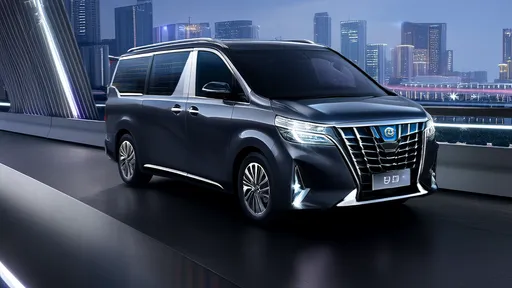
By /Jun 14, 2025
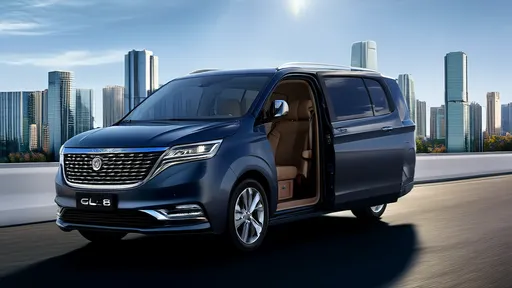
By /Jun 14, 2025
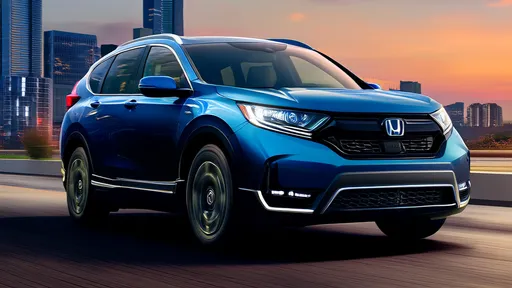
By /Jun 14, 2025
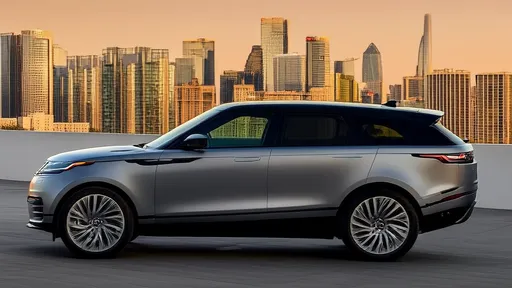
By /Jun 14, 2025